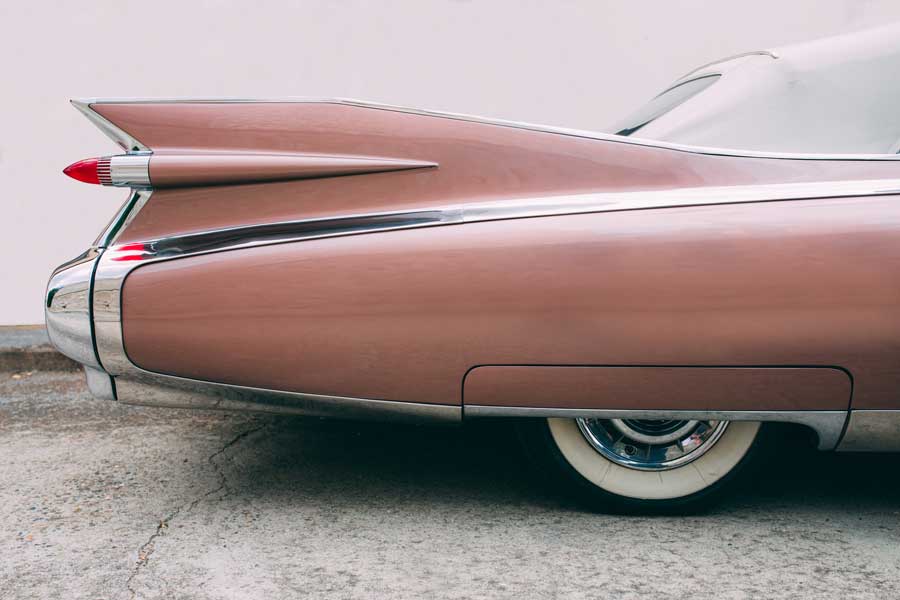From the births of great automotive industry leaders to ticking off milestones and incorporating new technologies, December is a month packed with great moments in automotive history.
Here are just a few of those historic highlights.
December 1, 1913
The moving assembly line introduced by the Ford Motor Company is installed in Highland Park.
Not only did this assembly line innovation greatly improve efficiency, it also afforded Ford the advantage to sell cars for less than the competition.
Ford was able to ramp up assembly of the Model T to produce one car every 2-1/2 minutes.
December 2, 1902
The first working prototype of the V-8 engine was patented in France by Leon-Marie-Joseph-Clement Levavasseur, a French engine designer.
His patent featured an engine block with eight pistons arranged in a “V” format which when engaged, delivered superior power to the engine.
December 4, 1971
In what will be remembered as the largest safety recall in automotive history, General Motors initiated a voluntary recall of 6,700,000 vehicles with the potential of motor mount failure.
On this same day in 1984, General Motors announced the end of diesel engine production due to heavy exhaust, noise and stricter emission guidelines.
December 6, 1955
For more conformity throughout the country, the U.S. Federal Government mandated a standard size of license plates. Before the change, each state designed individual plates with varied appearances and sizes.
December 6, 1955
The “Volkswagen” trademark was registered in Wolfsburg, Germany.
December 7, 1965
For the first time in its history, Chevrolet produced its 3,000,000th vehicle this year, surpassing annual production totals of all prior years.
December 10, 1915
On this day, the Ford Motor Company produced its 1,000,000th Model T, made possible by the moving assembly line innovation initiated in 1913.
December 13, 1939
A sought-after luxury vehicle even today, the first production model of the Lincoln Continental was completed on this day.
December 17, 1963
The first piece of legislation regulating pollution generated by the automobile industry, U.S. Congress passes the Clean Air Act.
The first of many industry regulations to control air pollution and protect the environment.
December 21, 1926
The “Pontiac” trademark was registered by General Motors.
December 22, 1952
The first Corvette prototype is completed. The first production model was released approximately six months later.
The first production run of 300 Corvettes were assembled by hand and cost between $50,000-$60,000 each to build.
December 25, 1878
On this day, Louis-Joseph Chevrolet was born in Switzerland.
Conclusion
The automotive industry as it is today would simply not have been possible without each and every attempt, patent, failure, and success. Hats off to the courageous innovators who kept reaching to further automotive industry growth throughout history.
To experience the latest in auto body repair and restoration techniques, visit Downtown Collision in Santa Rosa.

